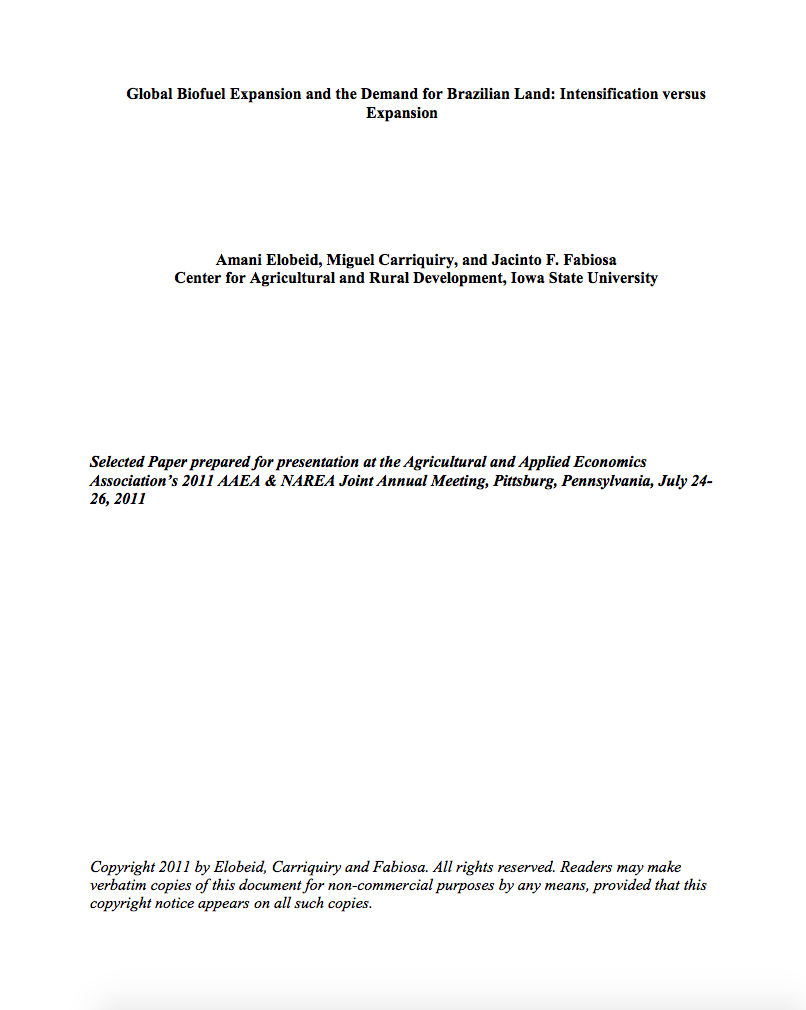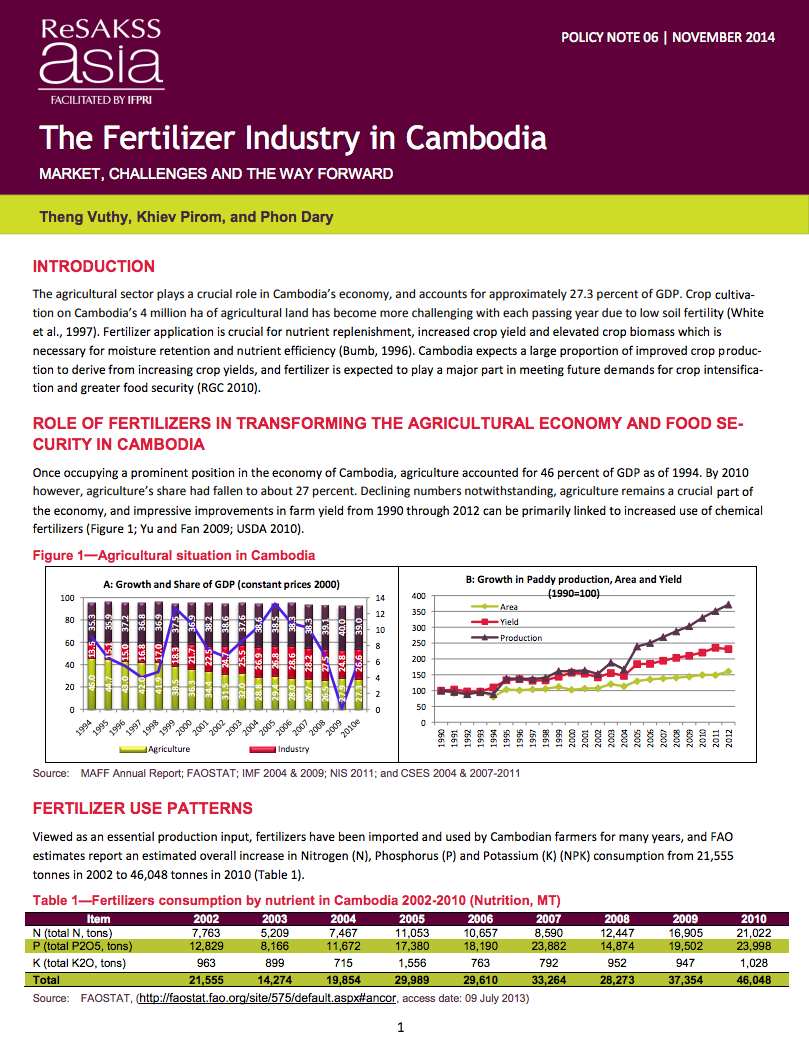Política Nacional de Seguridad Alimentaria y Nutricional 2011-2015.
El presente documento establece la Política Nacional de Seguridad Alimentaria y Nutricional (PNASAN), la cual tiene cobertura nacional y se aplica durante el período 2011-2015. La Política presenta un enfoque intersectorial. Su objetivo consiste en volver una realidad el derecho a la alimentación, eliminando la pobreza y las desigualdades sociales que existan en el país.






